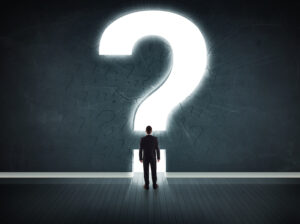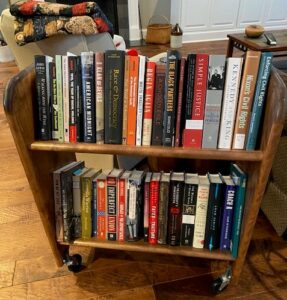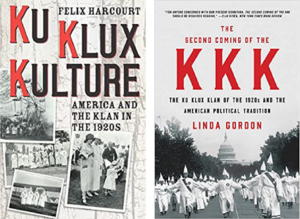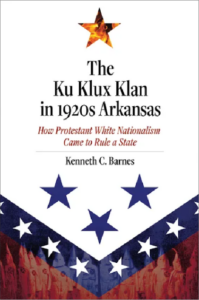 Let me start by “just asking.” When you look at the list below, who or what does it remind you of? And when or what time is it describing? Once you’ve answered those questions, I have some others for you.
Let me start by “just asking.” When you look at the list below, who or what does it remind you of? And when or what time is it describing? Once you’ve answered those questions, I have some others for you.
Recently, while doing research for a fourth novel, I had to move some books around to accommodate additional volumes I was accumulating in the process. It’s a weakness I have. I accumulate books like kids used to collect stamps and trading cards.
 As I was repositioning the books I used for my previous novel, the titles, covers, and subject matter of a couple of them compelled my attention again. And made me remember things it would be more comfortable to ignore, which is impossible and cowardly to do.
As I was repositioning the books I used for my previous novel, the titles, covers, and subject matter of a couple of them compelled my attention again. And made me remember things it would be more comfortable to ignore, which is impossible and cowardly to do.
You’ll understand in a moment why they jumped out at me. First, read the list. And feel free to substitute “hates” for “dislikes.”
- Dislikes immigrants
- Dislikes Jews
- Dislikes Blacks
- Dislikes LGBTQ people
- Often disregards women
- Complains about moral decay
- Complains about Hollywood corrupting American culture
- Has strong support among fundamentalist religious groups
- Has little regard for other countries
- Promotes conspiracy theories
- Stages mass public events
- Has wildly dedicated adherents and wide national appeal
- Threatens, uses, or incites violence to accomplish goals
- Exerts significant influence in public media
- Claims to be victimized by fake news
- Profits from the sale of paraphernalia and souvenirs
- Sometimes refuses to pay vendors
- Seeks to get followers into public office
- Has leaders who are often embroiled in legal, financial, and moral scandals
 I don’t know who or what you might have thought about as you read through the list. But it describes the Ku Klux Klan in the 1920s and its national leadership. Here’s my first follow-up question: Does the list also describe any segment of society today, or any individuals who are currently in positions of leadership or influence?
I don’t know who or what you might have thought about as you read through the list. But it describes the Ku Klux Klan in the 1920s and its national leadership. Here’s my first follow-up question: Does the list also describe any segment of society today, or any individuals who are currently in positions of leadership or influence?
I guess I’m both “just asking” and “just saying.” Because the list does describe some folks today. And we all know who many of them are.
Here’s another follow-up question: How does all this make you feel? I’m sure it strikes different people different ways. It makes me feel sad, angry, depressed, and frustrated all at the same time. And sometimes almost helpless.
Which leads me to this question, at least for me and folks like me. As a straight white male, I wonder how much worse all this makes women, people of color, immigrants, and LGBTQ people feel?
Finally, if this list still describes much of America 100 years later, I wonder how long it’s going to take for us to get past it. Or if we ever will.
Ain’t preaching, just saying.
 The books I referenced above are The Second Coming of the KKK: The Ku Klux Klan of the 1920s and the American Political Revolution, by Linda Gordon (Liveright Publishing, 2017); Ku Klux Kulture: America and the Klan in the 1920s, by Felix Harcourt (University of Chicago Press, 2017); and The Ku Klux Klan in 1920s Arkansas: How Protestant White Nationalism Came to Rule a State, by Kenneth C. Barnes (University of Arkansas Press, 2021). The last of these came out too late for me to use for my recent novel Look Unto the Land, but its content supports how the Klan activities are depicted in the novel. All three books are based on extensive research in a wide range of contemporary documents, including newspaper accounts and Klan records and publications.
The books I referenced above are The Second Coming of the KKK: The Ku Klux Klan of the 1920s and the American Political Revolution, by Linda Gordon (Liveright Publishing, 2017); Ku Klux Kulture: America and the Klan in the 1920s, by Felix Harcourt (University of Chicago Press, 2017); and The Ku Klux Klan in 1920s Arkansas: How Protestant White Nationalism Came to Rule a State, by Kenneth C. Barnes (University of Arkansas Press, 2021). The last of these came out too late for me to use for my recent novel Look Unto the Land, but its content supports how the Klan activities are depicted in the novel. All three books are based on extensive research in a wide range of contemporary documents, including newspaper accounts and Klan records and publications.
To be notified of new posts, please email me via the Contact page.